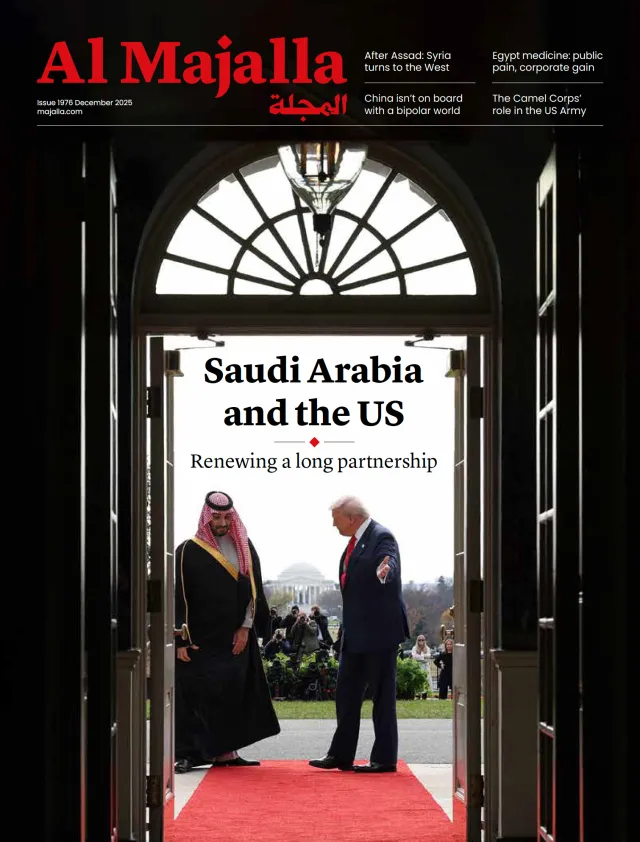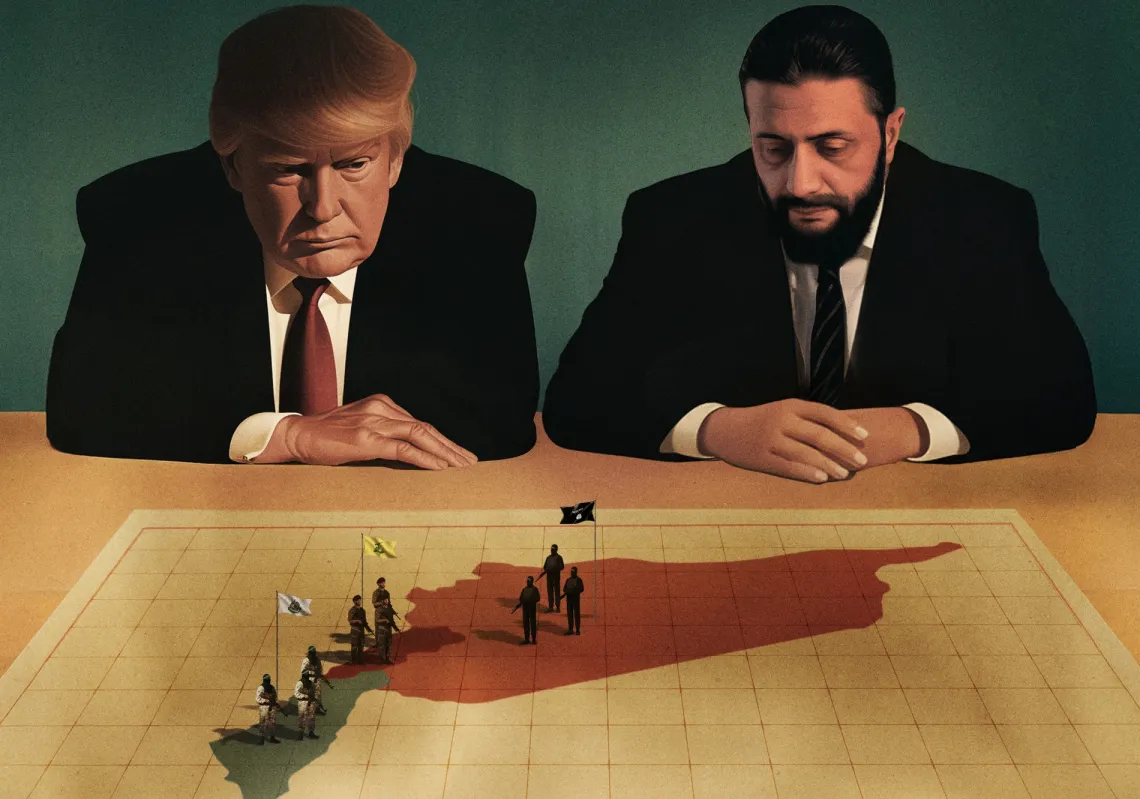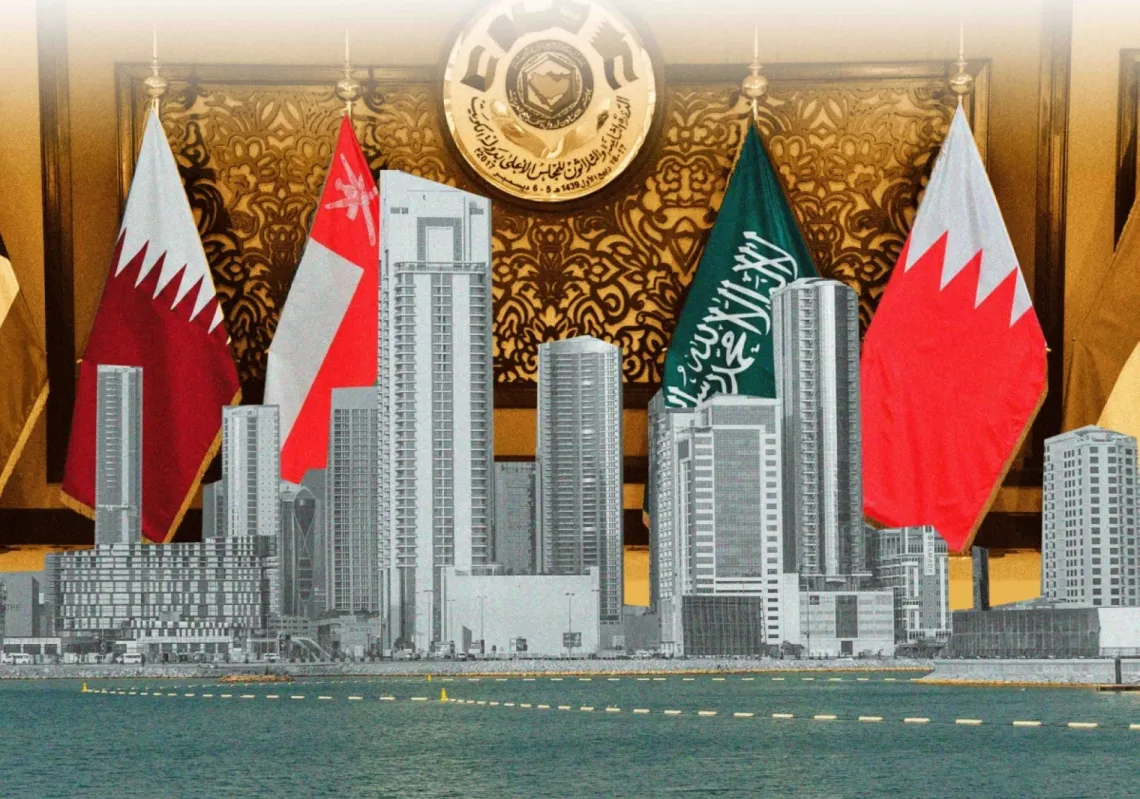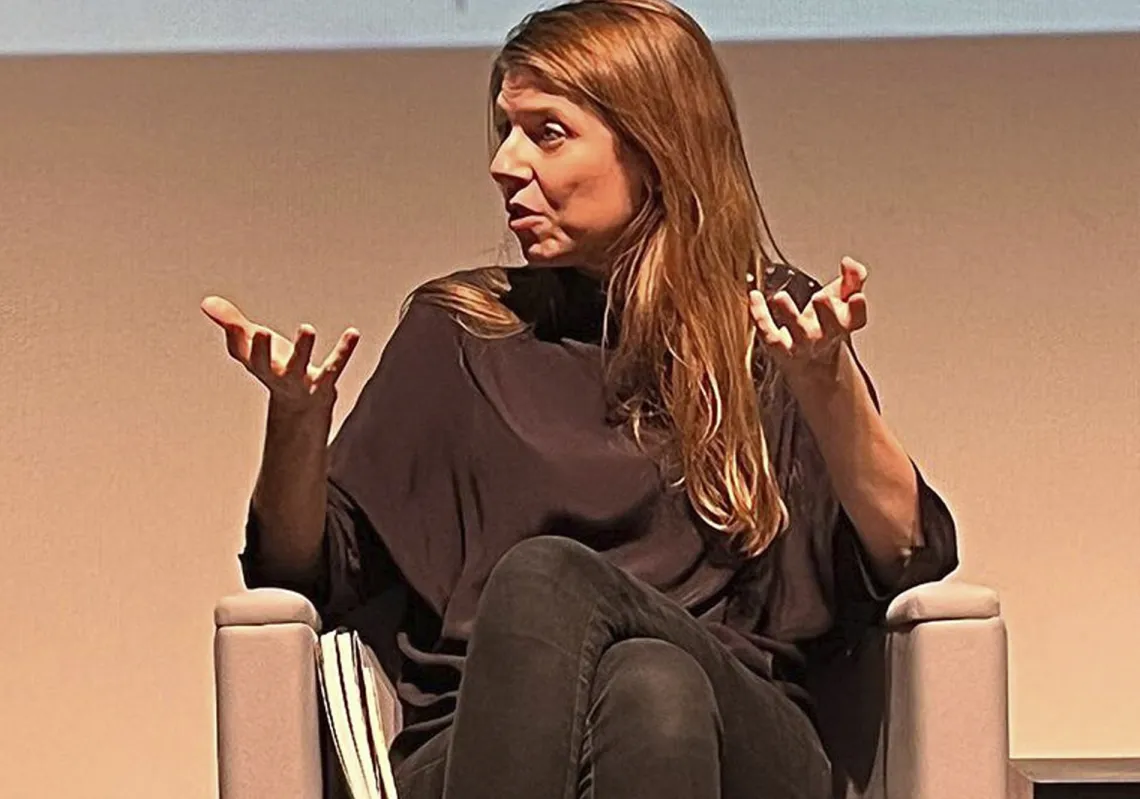From wiretapping and sabotage to a listening tree trunk, James Bond’s cars, and an eavesdropping eagle, a museum in Washington, D.C. tells the story of intelligence and espionage in recent times, thanks to the vision and ambition of a former codebreaker.
The International Spy Museum in the American capital lifts the lid on the tools and even clothing of spy-craft, its recruitment techniques, as well as interrogation and torture, with a real-life display of waterboarding, which has been used repeatedly on Al-Qaeda suspects by officers of America’s Central Intelligence Agency (CIA).
Across two floors of interactive exhibits, the museum opens a window into the thrilling and hidden world of espionage, revealing untold stories tied to wars, conflicts, conspiracies, and secret machinations, from intricate intelligence-gathering missions to pre-emptive strikes aimed at averting attacks.
The museum’s exhibitions present a wide array of tools used in spying operations over the ages, including wiretapping devices, sabotage instruments, and specialised clothing, explaining how spies are recruited and the tactics they employ. Walking in for the first time feels like entering another world— one filled with secrecy, suspense, and an air of imminent danger. Visitors step into a dimly-lit environment charged with intrigue and allure, with operations spanning decades and crossing continents.

A personal initiative
The museum began as a personal initiative by Milton Maltz, a former codebreaker during the Korean War who founded the Malrite Communications Group, which owned television and radio stations across the United States. He ran the company for 42 years, selling it in 1998, two years after he conceived the idea of creating a one-of-a-kind museum to tell the story of espionage and document its secrets.
He envisioned the project as a blend of education and entertainment that would enrich visitors’ awareness and satisfy their curiosity without compromising visual appeal or suspense. It evolved into a global cultural destination, opening its doors in 2002 in the Penn Quarter district of Washington, D.C., following an investment of $40mn. Malrite funded half, while the District of Columbia financed the rest.
Over time, the museum became a tourist attraction, and as visitor numbers grew and collections expanded, the need for a bigger space became evident. In 2015, plans were announced for a new $162mn building to be designed by architects Rogers Stirk Harbour. On 12 May 2019, it opened at its new location in L'Enfant Plaza. At 32,000 sq. ft, it includes a 145-seat theatre and a terrace overlooking the city.

Engineering eagles
One of the museum's most notable items is an exact replica of the Great Seal, the official emblem used by the US government to authenticate federal documents. What makes this seal particularly compelling is not only its symbolic value, but the espionage story tied to it. In 1945, a delegation of Soviet schoolchildren presented the American ambassador in Moscow with a hand-carved replica of the Great Seal as a symbolic gift. It hung in his office for years until, in 1952, US technicians took a look.
They discovered a sophisticated eavesdropping device hidden inside it, one so baffling that they simply called it 'the thing.' It contained no battery or electronic circuitry, and its activation mechanism was entirely mysterious. Two months later, a specialised British team determined that it was a passive cavity resonator. This meant that it did not function on its own but was activated by a beam of radio waves directed at it from a truck parked outside the building.
When someone in the office spoke, the sound waves travelled through small holes beneath the eagle's beak, vibrating a sensitive membrane inside the replica and altering the reflected radio waves. These modulated signals were then intercepted by eavesdroppers outside. It is a fine living example of the ingenuity of covert technology—invisible engineering within a national symbol.
Tree stumps and lipstick
Another captivating exhibit in the museum is a remarkable listening device designed to look like a tree trunk. This 'trunk' is, in fact, a masterful optical illusion, and in reality, it is a solar-powered surveillance device developed by the CIA to blend seamlessly into its natural surroundings. It was planted in a wooded area near Moscow during the Cold War to intercept radar signals and communications from a nearby Soviet airbase, all without arousing suspicion.
Among the other displays, visitors will discover the 'lipstick pistol', carried by Soviet KGB agents. No larger than an ordinary lipstick tube, it could fire a 4.5mm bullet with a single touch, yet was designed to appear entirely innocuous, making it easy to smuggle past security checkpoints. The trigger is activated by pressing the barrel against the target, delivering a 'kiss of death' without attracting attention.
There are more than 7,000 artefacts in total, ranging from historic items belonging to some of the most infamous spies in history to cutting-edge technologies used in surveillance today. Each exhibit invites further exploration. For instance, the Covert Operations section showcases the methods used by leaders to influence events through secret missions, sabotage, and lethal operations.
One such was Operation Gunnerside, the joint Allied effort during the Second World War to prevent Nazi Germany from developing an atomic bomb. Visitors learn of various deception techniques employed by spies to make a force seem larger, or to mask its existence entirely, tactics that are still in use today.

From cars to pens
Espionage does not rely solely on advanced gadgets or encrypted messages; vehicles also play a critical role in covert operations, and the museum has an exhibition of no ordinary cars. James Bond's Aston Martin DB5 is there, with its gleaming silver exterior concealing a full suite of secret gadgets, as is an old Chevrolet Corvette modified for a spying mission during the Cold War, with hidden compartments for sensitive documents and communication devices.
These are not just stylish or fast cars; they are engineered with precision to meet the unique demands of intelligence work, and with a creativity and deep understanding of a spy's tactical and strategic needs, such as elements to help agents get out of tight situations or giving them the tools needed to penetrating enemy lines undetected. From tiny tools in pens to a large and modified vehicle, the exhibition illustrates how innovation and secrecy converge in the world of spies.
Another section covers everything from hidden cameras to modern satellite surveillance, showing how technology has fundamentally reshaped the practice of espionage, while another section gives visitors an insight into the spy training and the skills they must master, including encoding and decoding messages, creating false identities, and executing covert missions.
Revealing accounts
Another important element of the International Spy Museum is its commitment to reviving spy stories through personal accounts. Visitors explore the lives of real spies—whether famous or lesser known—and learn of the emotional burden of an agent's secret life, their difficult decisions, and the sacrifices they make for national security.

The museum offers an opportunity for researchers and scholars to explore the changing nature of intelligence work, with a wide range of lectures, events, and panel discussions featuring some of the world's most prominent authors, experts, and former spies, including David Ignatius (a former CIA agent) and Vladimir Frolov (a former KGB agent).
The lectures, one of which was once given by British espionage novelist and former intelligence officer John le Carré, explore the ethical dilemmas spies face, the evolution of surveillance technology, and the role of intelligence agencies in diplomacy, but they often centre on glorifying national security efforts, celebrating intelligence achievements, and reinforcing heroic narratives rooted in official Western perspectives.
Sometimes far from objective, this framing frequently overlooks or marginalises those who have been subjected to surveillance, sabotage, or destabilising conspiracies. By presenting the world of espionage solely as a tool of defence and a strategic necessity, the museum risks ignoring the darker aspects of this subject's history, contributing instead to the sanitisation of its more troubling dimensions.












